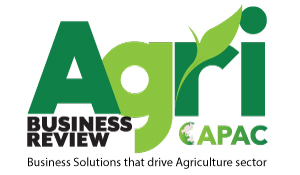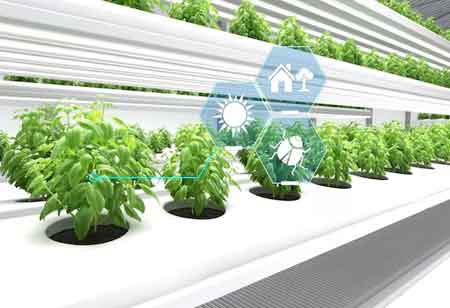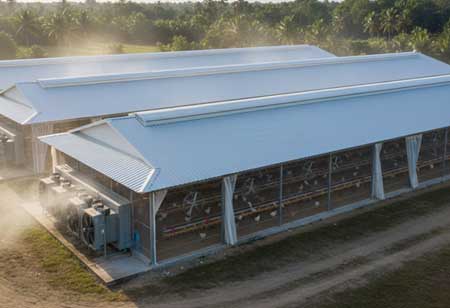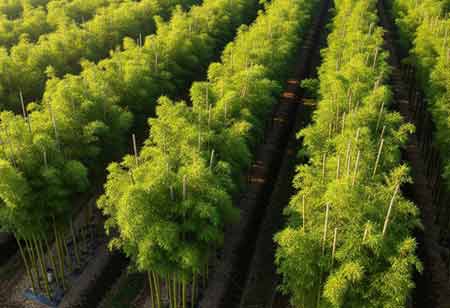Thank you for Subscribing to Agri Business Review Weekly Brief
Key Benefits of Vertical Farming
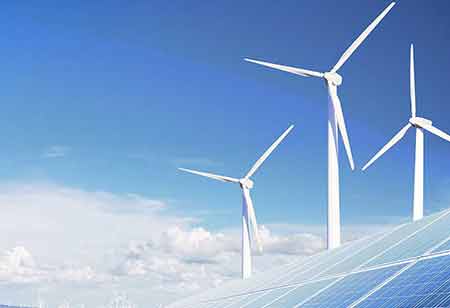
By
Agri Business Review | Friday, July 01, 2022
Stay ahead of the industry with exclusive feature stories on the top companies, expert insights and the latest news delivered straight to your inbox. Subscribe today.
Vertical farming methods are changing traditional agricultural practices to yield better quantities and safer produce.
FREMONT, CA: By implementing recent innovative technologies, vertical farming successfully grows crops in a supervised condition. This brings about several benefits, including increased productivity per square foot, more effective use of supplies, and a consistent yield. Horizontal farms can be constructed anywhere and are often situated outside cities to reduce food miles and provide local grocery stores with fresher produce. Crops are grown in vertical layers as part of the indoor vertical farming technique to save space. The effectiveness of vertical farms depends on soilless growing methods like hydroponic gardening. Technology and a carefully regulated indoor growing environment work together to maximize plant growth, health, flavor, and yield.
There are numerous advantages of vertical farming. Let us know a few benefits of vertical farming technology.
Year-round food production
Regardless of the weather, indoor vertical farms can thrive throughout the year. Contrary to traditional farms, vertical farms are less vulnerable to thunderstorms and other severe weather conditions. Food is reliably produced all year long in a climate-controlled setting. Because of its dependability, the consumer gets access to fresh seasonal produce farmed near their home.
Efficient use of space
Compared to conventional agriculture in horizontal rows, vertical farming enables farmers to produce more food in a smaller land area. Additionally, vertical farms are constructed everywhere regardless of the soil condition. A vertical farm is created out of everything, such as a vacant warehouse, a store room, or even a wooden box in the middle of the city. It implies that even in areas without sufficient agricultural land, cultivation of crops near populated areas is possible. It can prevent forests from being cut down to make more farmland by converting old industrial structures into vertical farms.
Sustainable practices
A method that promotes environmental and emphasizes sustainable practices is used in vertical farming. Vertical farms reduce the food miles and food waste typical of transportation by producing crops close to urban areas. Even though supplying water, fertilizers, and artificial lighting for the plants in vertical farms requires energy, most of the ecological impact and expense are reduced using techniques like thermal insulation and sustainable sources from sources like solar and low-impact hydro.
Safe food production
Producing safe food is yet another benefit of vertical farming. Runoff pollution is not a concern with indoor vertical farms. Outbreaks like E. coli are a major concern for food safety authorities. In vertical farming methods, farmers can filter irrigation water and maintain the cleanliness of the farm area to rule out health hazards.
Food availability and sustainable food production are an essential than ever due to the expanding global population. In addition, as industrial growth and densely populated metropolitan areas grow, there is a decreasing amount of fertile land available for cultivation.
